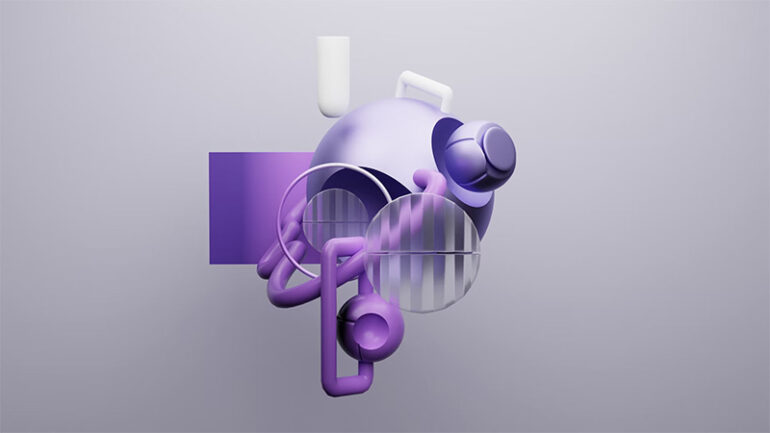Over the years, the field of three-dimensional art has changed drastically from conventional techniques into a vivid mix of technology and imagination. Along with broadening the creative toolkit at hand for artists, this development has changed audience experience and interaction with art. The limits of 3D art keep opening as new technology develop, beckoning creative ideas and fresh viewpoints that question accepted wisdom and motivate a next generation of artists.
The Evolution of 3D Art
From its inception, three-dimensional art has had amazing changes on its path. Originally anchored in conventional painting and sculpture, artists started to investigate new horizons with the help of computer technologies. Software like Blender and Maya transformed the creative process by letting one create realistic textures and complex designs. A variety of creators started to push the envelope of imagination as technologies were more available. The advent of virtual reality and augmented reality broadened the opportunities even more by allowing immersive events involving viewers in before unheard-of degrees. This ongoing development represents the dynamic interaction between technical capability and artistic expression.
Techniques and Tools of 3D Art
Making amazing three-dimensional artworks calls for a range of instruments and approaches. Using modeling tools like ZBrush and Cinema 4D lets artists precisely create complex forms. Substance Painter’s texturing capabilities improve surfaces and give works reality and depth. Programs for rigging and animation, like Autodesk Maya, let objects and characters move and come to life. Rendering engines such as V-Ray and Arnold also produce excellent visual output, thereby vividly displaying the finished work. Mastery of these instruments enables artists to explore and create, hence producing a variety of styles and engaging visual stories.
Applications of 3D Art in Various Industries
Extensive uses for three-dimensional art abound in many different fields, hence improving creativity and functionality. In the entertainment industry, it is absolutely important in animated movies and video game creation since it generates immersive worlds and characters. 3D modeling helps architecture by seeing buildings before construction, so enabling improved planning and design. This artistic medium is used in the medical profession to create detailed anatomical models, therefore supporting surgical preparation and education. Advertising also makes striking images using 3D graphics that grab customer attention. This adaptability shows how three-dimensional art keeps influencing and inspiring many different professional environments.
The Future of 3D Art
Emerging technologies are poised to reshape three-dimensional art’s terrain and create fresh creative and interactive opportunities. As artificial intelligence develops, artists should anticipate better tools that simplify processes and motivate creative ideas. Virtual reality and augmented reality together will envelop viewers and let them interact dynamically with art. Furthermore bridging the distance between virtual and physical art, 3D printing technology is enabling digital creations to materialize in the real world. As these habits change, viewers as well as artists have fascinating opportunities ahead.
3D art’s path keeps inspiring and pushing limits to create a dynamic creative ecology based on invention. The possibilities for original expressions and experiences multiply greatly as new technology develop and creative processes change. This continuous change not only enhances the creative scene but also enables a larger audience to interact with and value the complex interaction between art and technology, therefore opening the path for a future free from constraints in imagination.
Photo Attribution:
1st & featured mage by https://unsplash.com/photos/a-heart-shaped-object-with-a-purple-ribbon-around-it-BI3kctLipUA
2nd image by https://unsplash.com/photos/a-laptop-computer-sitting-on-top-of-a-wooden-table-bsy0-z5RTfk

